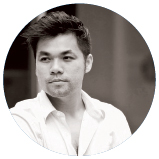
Anon Pairot’s Schema Lighting
Free-Form Design
3D printing might not be the breakthrough technology it’s often hyped to be—it was invented by American inventor Chuck Hull in 1984—but it’s only now being embraced en masse by furniture designers for its ability to fabricate free-form shapes. Here in Bangkok, we can get a glimpse of the technology in
Anon Pairot’s irregular designs, like the wavy Flowcase bench and Shade of Nature pendant lamp collection. The former will be showcased at the Milan Expo 2015 early next year, while the latter is on display at Pairot’s studio (Lumpini Place Narathiwat-Chaophraya, 1298/986 Rama 3 Rd.). Away from 3D printing, other designers have made moves into free-form design, too, like
Pornprasert Yamazaki, whose wooden daybed resembles the curved shape of leaves, molded from tiny wood chips. The innovative piece was recognized at the Room Selection Awards 2014 but is not yet in production.

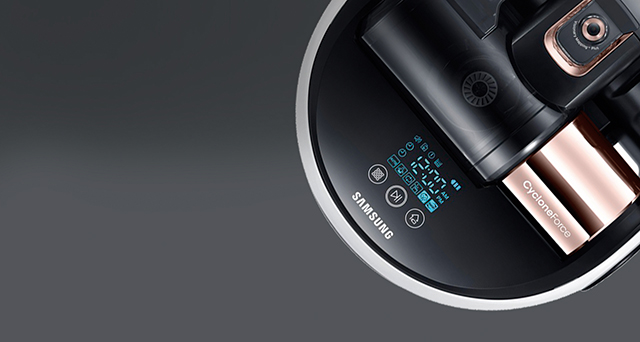
Powerbot Vr9000
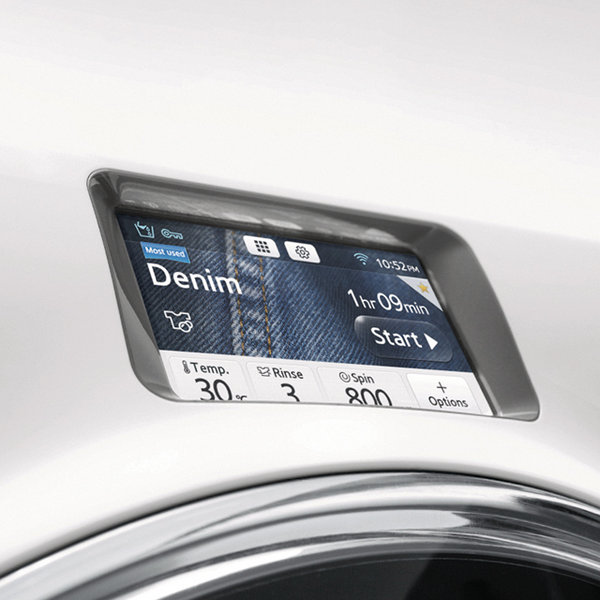
WW9000
Even Smarter Devices
Over the past decade, we’ve come to expect a lot from our gadgets. We now demand that everything is “smart” and connectable to our smartphone. At a recent press conference in Taipei, Google’s CEO, Eric Schmidt, preached of a smartphone-driven world ruled by Asia, home to the only five countries in the world with more smartphone users than PC users. This year was all about self-tracking devices, tapping into the widespread trend for DIY health and fitness. For the home, Samsung has launched its Powerbot Vr9000, a vacuum cleaner that can be programmed to clean your house via smartphone, and the WW9000 (available at leading department store, B59,900), a washing machine with touchscreen panel that can also be monitored via smartphone. As it stands, these two examples are considered too expensive for most people, plus they’re only compatible with Samsung devices, but the growth potential is massive, and could really take off next year.

Q&A
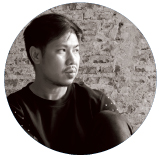
Anon Pairot
Product and furniture designer
What do you think will be the biggest design trend of 2015?
“No one has been able to accurately pinpoint what will be popular or trendy since the dawn of the modern world. We have come to the point where aesthetics in design don’t matter much. Demand for furniture is often about expressing a buyer’s social status. If someone says the trend will be eco-friendly materials, the major question must be, ‘Are they really eco-friendly?’ I have never seen a furniture company that uses 100-percent green materials.”
What’s the future of 3D printing in Bangkok?
“3D printing isn’t new. It has been used in industrial circles for quite some time. But when it directly touches our daily lives, it suddenly becomes something spectacular. It’s all about aesthetics. We [buyers] no longer appreciate what a chair does. It is forever a chair and its purpose is to be sat on. How many times do we get to sit on every chair in our house in a day? It’s there for an aesthetic purpose, to be looked at rather than to be touched. As far as eco-friendliness, 3D printing could be the sustainable answer to our future. It’s early days, but 3D printers use exactly the amount of material needed for the production process; nothing is wasted.”


Bua Design
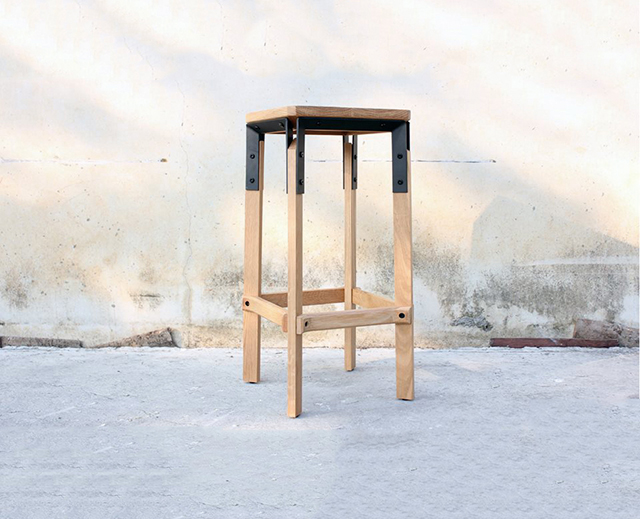
Flo Studio
Material Mash-ups
Wood and steel is a classic material palette that’s been a little over done in Bangkok’s sea of industrial-chic cafés and restaurants. What we like about brand new Thai designer
Flo Studio (
www.fb.com/FloFurniture) is how it fuses the two materials not only stylishly but in a highly functional manner. The stools and tables of the Void collection feature coated black and white steel joints, which not only look good but add to the durability of the products. The pieces can also all be flattened into ready-to-ship sizes before being easily reassembled. Other local designers to fuse function with aesthetics include
Bua Design (
www.fb.com/buadesign), who mix wood with cement in their garden benches, and
Thinkk Studio (
www.thinkk-studio.com), with their cement-wood lamp.

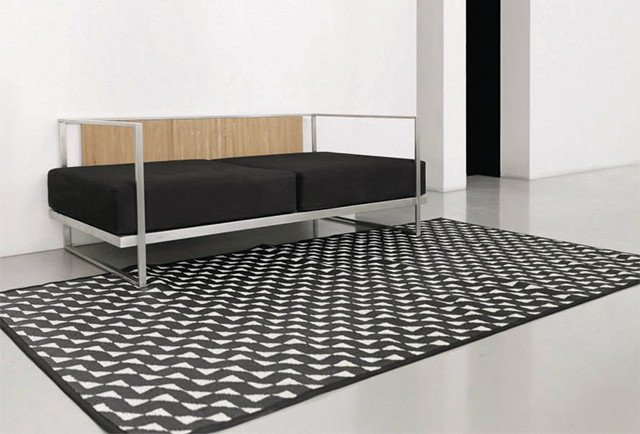
PDM Brand
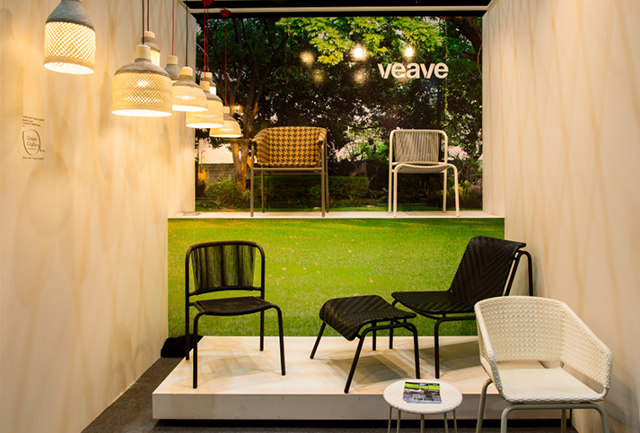
Veave
Old is New
Over the past year, a number of Thai designers have worked closely with OTOP producers in various provinces to adapt traditional technical know-how into more modern forms. At the TIFF Fair in April, we saw
PDM Brand (
www.fb.com/PDMBRAND) redesign Thai woven mats with modern black and white graphics, which they have since created in other color combos like blue and white, and orange and white. Bangkok-based Thinkk Studio’s sister brand
Thingg (
www.fb.com/thingg.product) works with local craftsmen to incorporate skills like rattan weaving into Thinkk’s signature designs. Products include woven pendant lamps and placemats, bottle openers and cement plant pots. Thinkk is also involved in Pat Dharmajiva’s new outdoor furniture brand,
Veave (
www.veave.net), whose products put the focus on traditional Thai weaving techniques with more modern color schemes, designs and materials like polyethylene and string. Another brand helping contemporize traditional products is
Trimode (
www.fb.com/TrimodeAccessories), whose lead jewelry designer, Pirada Senivong na Ayudhya, works with The Support Arts and Crafts International Centre of Thailand and local craftsmen to produce items like the Doipui (a modern redesign of a traditional Hmong embroidered hat) and Nakhon Ratchasima (jewelry made with buffalo, ox and yak horns using metal coating techniques).


Surapong “Top” Ploensang’s condo
Vertical Living and Space Utilization
Space utilization has been a main talking point of condo living for decades, but now with more people looking to revamp old shophouses and apartments, it’s taken on new meaning. In recent years we’ve seen the likes of
Casa Lapin x 49 (
www.fb.com/CasaLapin) breathe new life into an old shophouse, which is not only a hip café but also has upstairs living quarters. In a recent cover story, we spoke to director Surapong “Top” Ploensang, who revamped an old condo into a stylish living space. The trend was confirmed at Ban Lae Suan Fair earlier this month, where the winner of the Thai Today Home Designing Award,
Chaiyaset Setthakulchai and
chonticha wongchoosri, was recognized for converting the space between buildings into compact new living areas.
Q&A:
Rattapol “Thum” Sakadamnuson,
Editor-in-Chief of Room Magazine
What will be the hottest design trend in 2015?
“Urban living. More and more people are now looking for that unique touch; it’s like an extension of hipster culture. I think the concept of ‘slow life’ will take over the design scene next year. I don’t mean hipsters riding bikes or planting their own vegetables, but rather the considered process of focusing on how you want to spend your life. For example, people are choosing houses that they actually want to live and spend their time in, so we’re looking at more simple and timeless designs. It’s the same with furniture. Wood is still dominant, but it’s being mixed with other materials. So-called slow life is also represented by a more restrained color palette—just think the imperfections of secondhand jeans or tie-dye. We’re talking about faded blues, old bricks and cement that appears to have faded with time.”
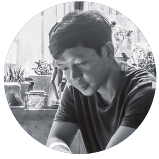
Nattaphat “Lux” Suriyakumphol,
co-owner of Casa Lapin and designer at Be Gray Bangkok
Casa Lapin kicked off the industrial loft look; what will cafés in Bangkok look like in 2015?
“I think the industrial loft is here to stay for quite a while. It’s actually been with us a long time; it’s not really new. People, of course, like minimal décor due to the clean and neat first impression, but in reality it’s quite difficult to live with if you’re not a minimalist at heart. I think we’re looking at more people wanting to get in touch with nature, using actual flowers and plants inside the house and adopting more of that symbolism, even in fashion design. Whether it’s a café or the home, more people are bringing their gardens inside.”
















